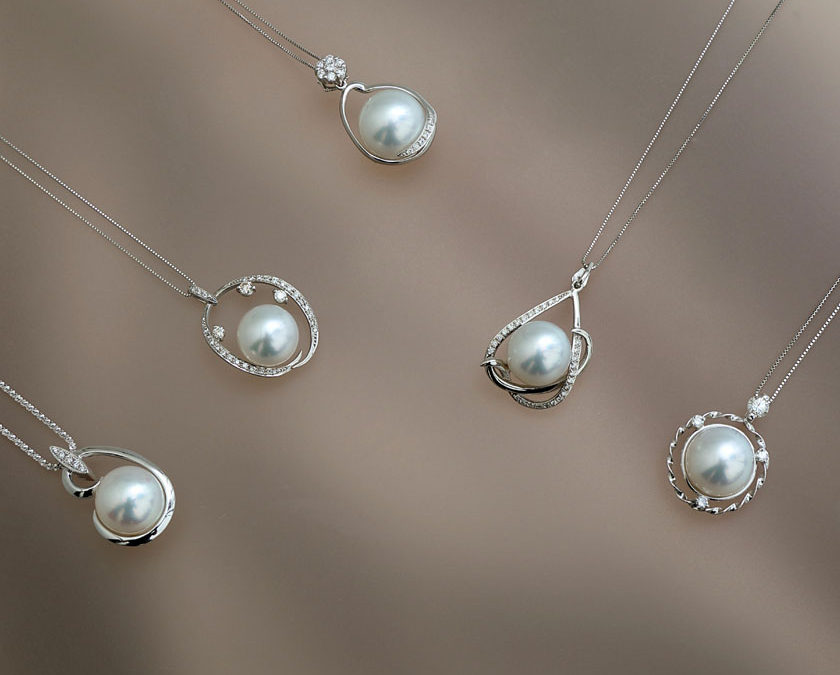While gold is regularly used in jewelry, platinum is more commonly used in industrial applications. Interestingly, each of these metals’ best known applications help to explain their popularity in specific instances and their market value during changing economic cycles.
Platinum is one of the rarest metals in the world. Worldwide annually, for every single metric ton of platinum mined, over 17 metric tons of gold are brought to the surface. More than 70% of the world’s platinum and gold is mined in South Africa. 80% is for industrial use and for the crafting of gold coins. The remainder is used for jewelry.
Platinum is more highly valued when the economy is strong or improving. When the economy stalls or there is an economic slowdown, the price of platinum goes down. The opposite is true of gold. When the economy falters, many investors look to gold as a safe harbor investment. On the other hand, when the economy is doing well, investors will look beyond gold for other more lucrative opportunities.
The Purity of Platinum
Platinum Is Considered “Pure” at 99.95%. By Definition – Pt999
Pure platinum is very malleable and easily scratched, so it is not considered suitable for luxury necklaces and rings at near pure levels of purity.
Pt950 Is 95% Pure Platinum
At 95% purity, platinum is used as bridal jewelry, very commonly found in Cartier, Bulgari, Tiffany and Japanese engagement rings.
Pt900 Is 90% Pure Platinum
At 90% purity, platinum is mixed with other metals to increase its stiffness and strength. Palladium and ruthenium are the most common alloys.
Platinum vs White Gold
Since white gold is made by mixing pure gold with silver, palladium, and nickel – the coating, oftentimes a rhodium plating, will decay over time and the original gold color will appear.
Alternatively, platinum is a white metal in its original form, so platinum does not change color even after several years.
It is for this reason that platinum is so highly regarded for its eternal brightness among Japanese Newlyweds.



